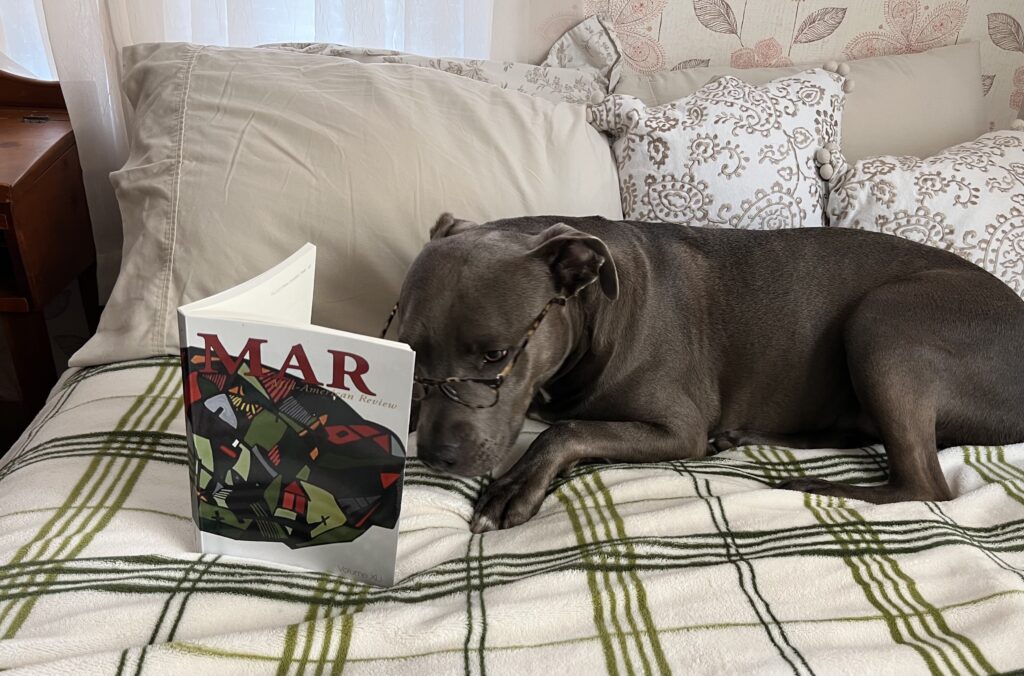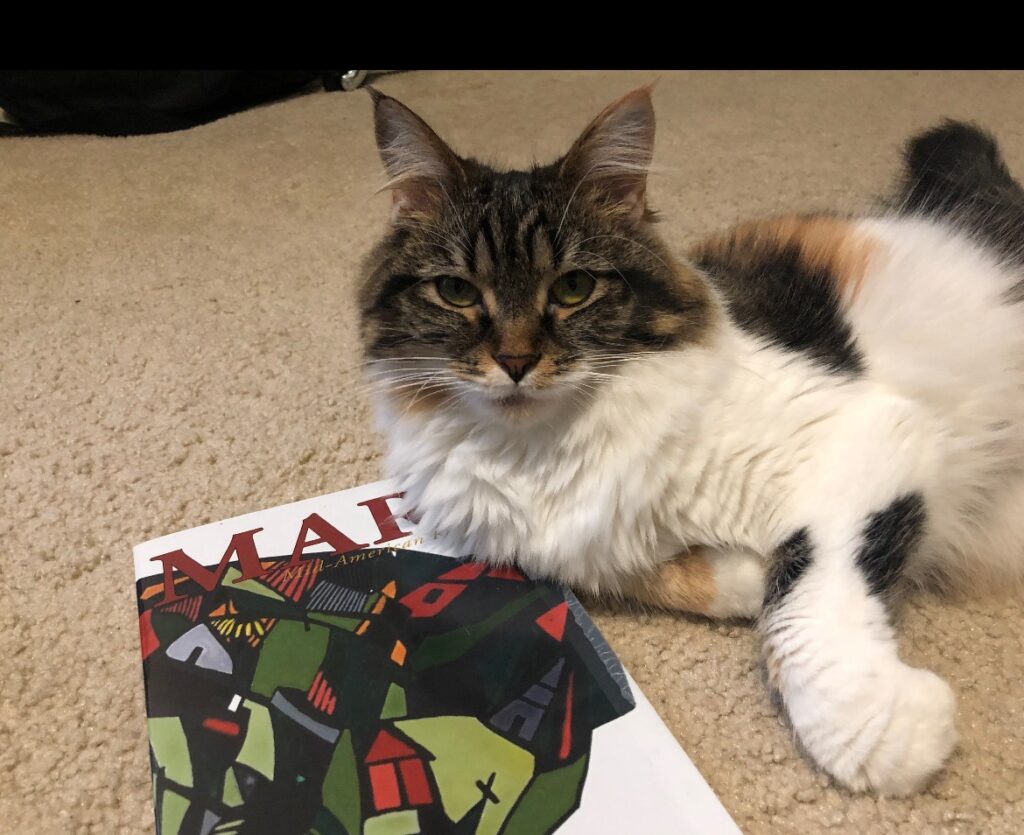I’m not normally drawn to stories of the American West, but I picked up Battleborn by Claire Vaye Watkins anyway after reading and enjoying one of the stories from the collection a few months earlier. That story, titled “Ghosts, Cowboys,” piqued my interest through its use of time as a means of studying place. It is set around and within the Mojave Desert of Nevada, along with many of the other stories in the collection. Watkins tries again and again to find a moment to begin this story, jumping from silver prospectors in early Reno to the testing of a nuclear bomb over the desert in 1941. These beginnings amount to a story, a series of settings and characters that inform how the narrator has ended up in the present, specifically in Nevada. As the opening story in the collection, it also provides the reader with history and imagery that feel essential to the stories that follow.
Watkins uses the retrospective tools she introduces in the first story throughout the collection and adds to them as she goes. “The Last Thing We Need” is composed of a series of letters written by a man who discovers a car abandoned on the fringes of the desert addressed to the vehicle’s owner. The letter writer never hears back from the owner and uses clues from objects inside the car to reverse engineer a story for him, one that ultimately rejects the reality of the owner’s life in suburban California and decides he belongs on Nevada’s dusty backroads. “The Past Perfect, the Past Continuous” presents time as a limited commodity for a young man lost in the desert’s harsh summer, as most who wander out there only last a week. But the story is told from the perspective of the lost man’s best friend who experiments with using the past tense to describe him as his chances of survival dwindle. The last story in the collection, “Graceland,” is one of the few that takes place far from Nevada, vividly set in the hills of San Francisco. But the narrator, reeling from her mother’s suicide, was raised there, and although she has achieved physical distance from the desert, her memory will never let her escape it. This book brilliantly examines the inextricable link between time and place and left me with the desire to explore the desert myself.
–– Dan Marcantuono, Mid-American Review


